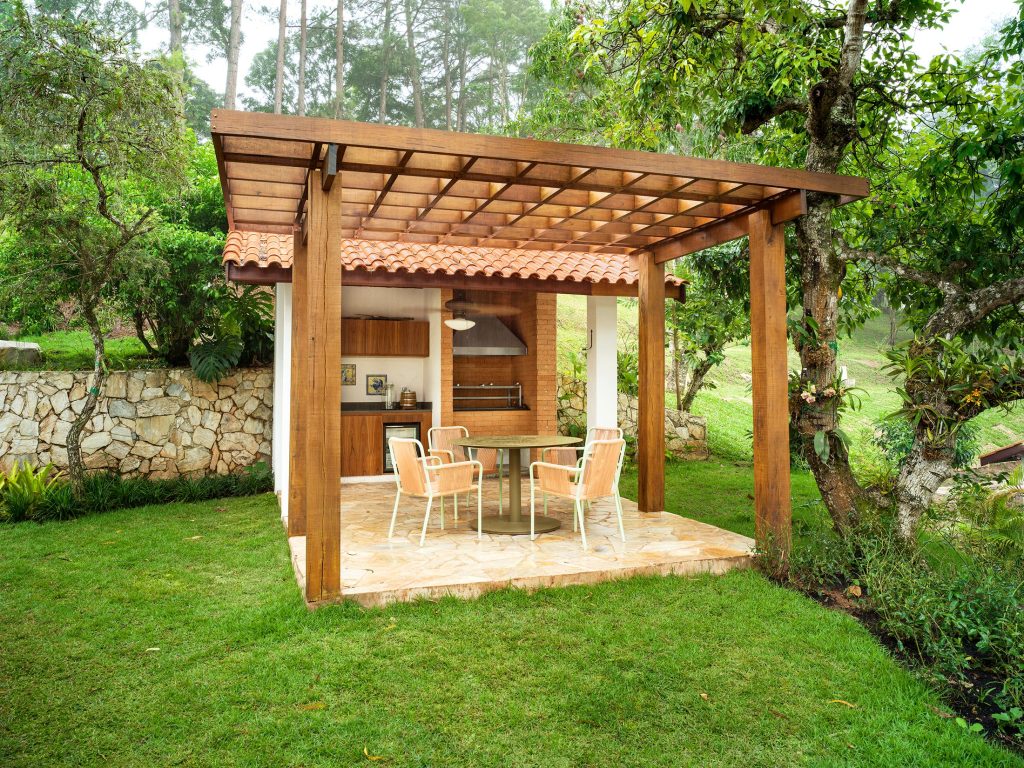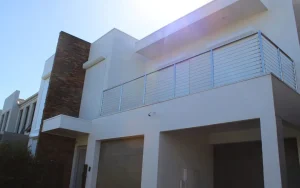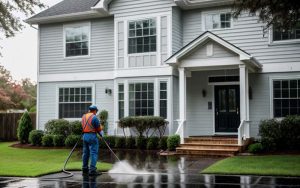Patio and Deck Coverings and Safety Recommendations

If you live in an area where the weather is pleasant most of the year, your patio and deck can be an excellent addition to your home’s living space. While considering how to protect your property, you may be unaware that Butte Fence provides a variety of patio covers in Boise.
Given the variety of options, it’s critical to choose one that complements both the architecture of your home and the purpose you have in mind for the space. Because the cover is an extension of your home, you should choose it with both practicality and beauty in mind. Speak with your contractor and do some research before constructing the best cover for your home.
As you complete your research, the list of cover options in this post will give you an idea of your options. You have the option of making the following selections permanent or not.
Awnings
Patio and deck awnings have long been popular additions. Since its inception, it has evolved in terms of design and building materials. Awnings first appear in written history during the Roman Empire, which is fascinating.
Awnings and other shade-giving structures were first used by ancient civilizations such as Egypt and Syria. These early awnings provided shade from direct sunlight for both residential and commercial structures. They were made of cloth. The first retractable awning is thought to have been invented by the Roman Empire. To provide shade for the arena, the Roman Colosseum had a retractable awning called a velarium.
Awnings are currently angled downward. As a result of the awning’s design, everything that comes into contact with it will roll off. Awnings are still widely used due to their adaptability. A fixed or retractable awning can be installed. The retractable range includes both motorized and non-powered options, depending on your needs.
Retractable deck coverings may be the best option in areas where you only use your deck for a few months out of the year. In the winter, for example, you can retract the awning to protect it from snow and ice. You can also roll it back to avoid damage during gales and storms. If you want a one-of-a-kind covering, they provide a lot of shade and allow for a lot of customization.
The Application of Canopies
Awnings are similar to canopies. They are also available in fixed and retractable versions. Canopies are typically less expensive than other types of patio/deck structures. Canopies are also easy to set up.
Canopies provide plenty of shade, whether you’re spending the weekend with relatives or simply letting your kids and pets play on the deck during the warmer months. They, like awnings, can be customized, allowing you to select the style that best complements your home.
Panels for solar energy
Solar screens, as the name suggests, are designed to provide significant sun protection. They allow a clear view of the outside while obscuring views of the inside. Unlike the other coverings discussed in this article, the screen is intended to be hung vertically and serves as a protective screen rather than a covering. They are frequently retractable and provide a high level of energy efficiency to southern-facing homes.
Considerations for Deck and Patio Safety
However, as a homeowner, you must ensure that your patio and deck are in good working order. You don’t want a friend or family member to be hurt because of a faulty patio or deck. Here are some safety guidelines to follow when using your patio or deck.
Check your deck for rotting wood. You can use your deck for many years if it has been properly treated. Wood, on the other hand, degrades with time. Check the wood on your deck for decay with a spade, shovel, or pitchfork. If a shovel or pitchfork can penetrate the wood completely, it is rotting and must be repaired.
Examine the railings and steps for safety. Railings that are loose or damaged, as well as staircases, pose a hazard. Gently push the railing to see if it is still securely fastened and safe. Check to see if the steps are still level and if they are pushing away from the deck.
Pruning trees and plants are necessary. Trees and plants that take up too much space on your deck should be pruned.
Maintain a safe distance between your grill and your home. Never place a fire pit or grill close to your home. Your grill could catch fire at any time. Even if you think it’s cool, don’t put your fire pit or barbecue too close to your house. There may still be embers that can start a fire.
Get rid of any mold and algae. Summers in the United States are frequently hot and humid, depending on where you live. These allergies thrive in areas with a lot of shadows, such as siding and decks. Select a mold and algae removal product that is safe for you, your pets, and the plants in your vicinity.
Look for uneven pavers on your patio. A harsh winter can damage concrete patios and pavers. Look for cracks and uneven pavers on your patio.
Think about where you want your furniture to go. Keep furniture away from deck railings and pool barriers. Young children are quick and inquisitive. Children who stand on this furniture risk falling over the railing or into a pool.
Shut the doors. If you have small children and your patio or deck is fenced in, make sure the gate is closed. You should secure your patio or deck if it is located a long distance from your front door.
When using a patio heater, exercise extreme caution. Patio heaters have grown in popularity over time. If you use one on your patio, always place it on a solid, level surface. Additionally, do not use it below 40°F, as the propane may not perform well. Keep it, like the BBQ, away from your home.
Summary
If you want a patio or deck cover that can be either permanent or removable, the options listed above are just a few of many to consider. After you’ve finished your research and determined that this is the best course of action for you, you can look into other long-term options. Learn more about such long-term opportunities when you click here.







